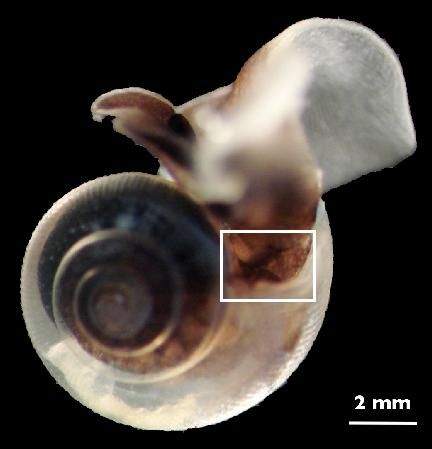Deep ocean carbon sink better understood
To understand the worlds climate, we must understand how the 70% of the Earths surface that is covered with water behaves. Very little is known about the processes below 200m, or the area where photosynthesis is not possible due to the lack of light penetration.

To understand the worlds climate, we must understand how the 70% of the Earths surface that is covered with water behaves. Very little is known about the processes below 200m, or the area where photosynthesis is not possible due to the lack of light penetration. Scientists from the U.S. Department of Energy Joint Genome Institute (JGI) have found that the amount of carbon being absorbed at these depths is greater than can be attributed to Archaea alone and that some bacteria must be operating at immense depths.
Archaea are single celled organisms that can live at extreme environmental conditions. According to JGI collaborator Ramunas Stepanauskas, Director of the Bigelow Laboratory Single Cell Genomics Center and senior author on the paper, "previous oceanographic models suggested that Archaea do not adequately account for the amount of carbon that is being fixed in the dark ocean. Our study discovered specific types of Bacteria rather than Archaea, and their likely energy sources that may be responsible for this major, unaccounted component of the dark ocean carbon cycle."
The deep ocean stores a great deal of the carbon emitted from anthropological sources, and acts as a buffer in reducing the effect of CO2 emissions. It is therefore essential to understand how these systems work and what influences we could have on it. For example: extreme storms such as hurricanes and typhoons bury a lot of carbon, because they wash away so much sediment. CO2 absorption is also affected by viruses which infect bacteria resulting in greater respiration of CO2. Much of the absorption effect of the ocean revolves around biological pumps like this, which remove carbon from the atmosphere.
It is an important area of research as this delicate system is being greatly impacted by human influences, as well as ocean acidification, which is likely to alter the ability of shell building organisms to survive. A change in the ecology and biodiversity of the ocean could suddenly change the ability of the ocean to buffer the large increases of CO2 in the atmosphere. Understanding the future of these processes is therefore essential.



